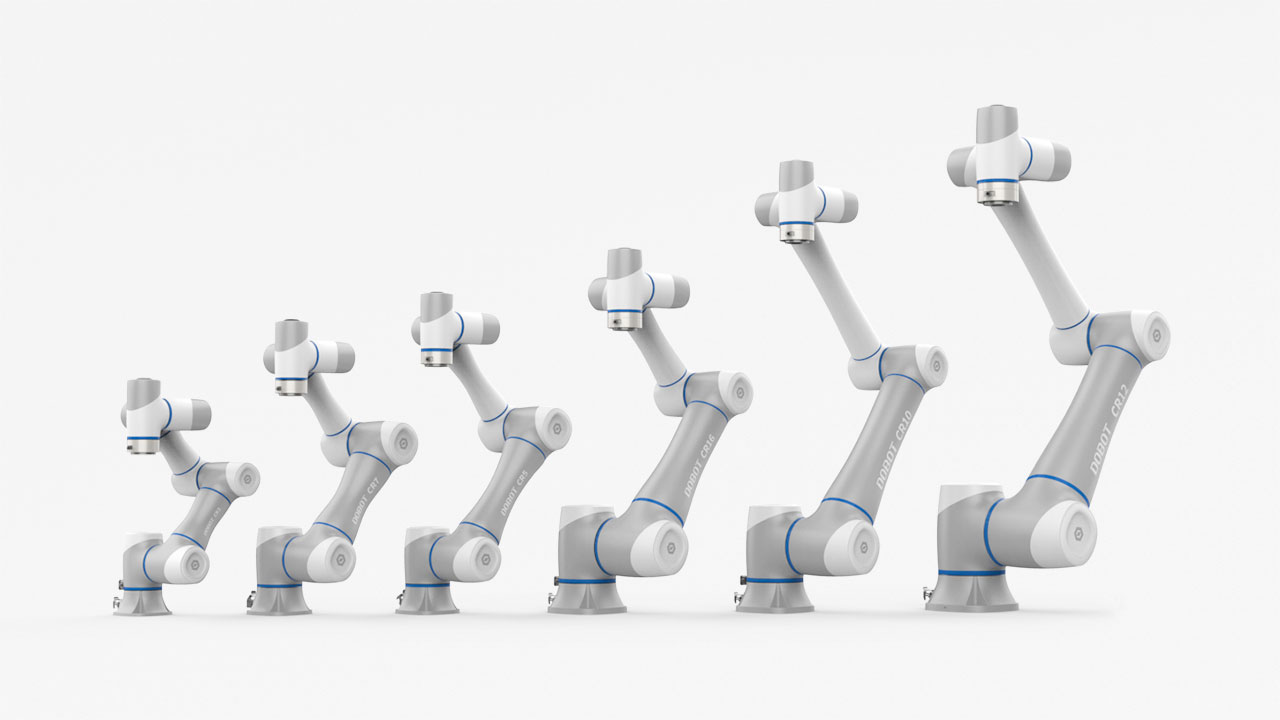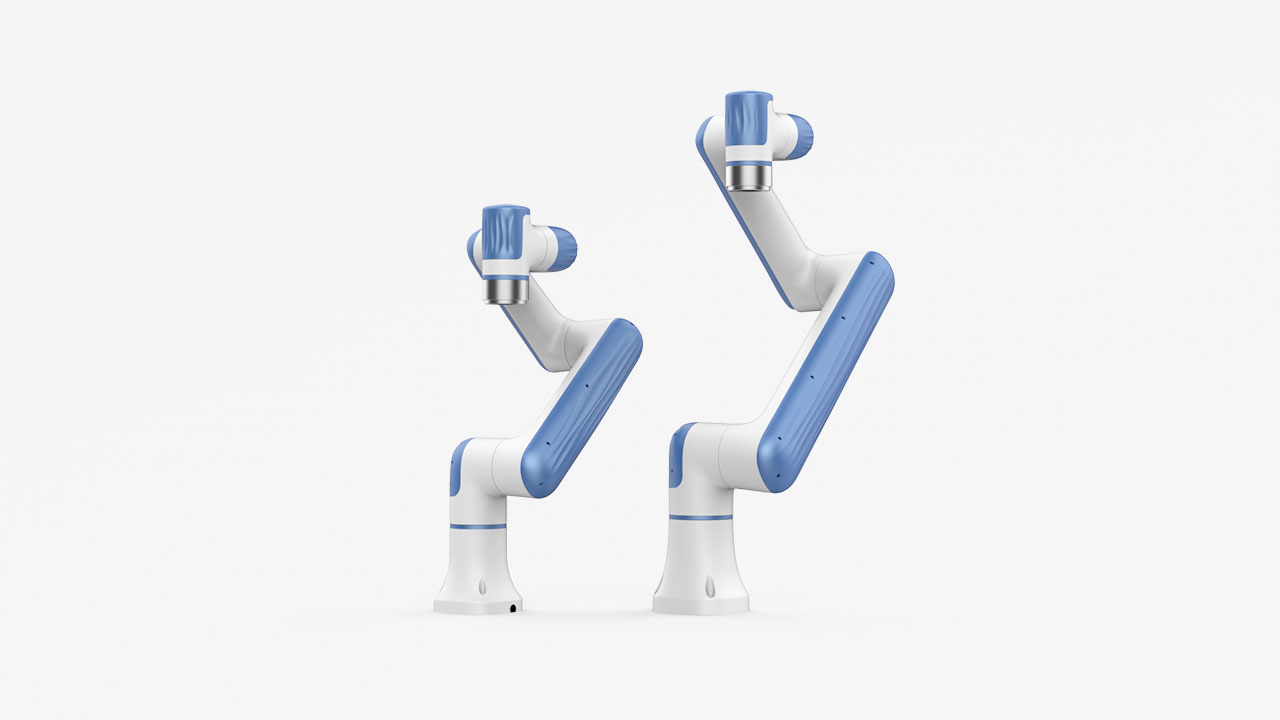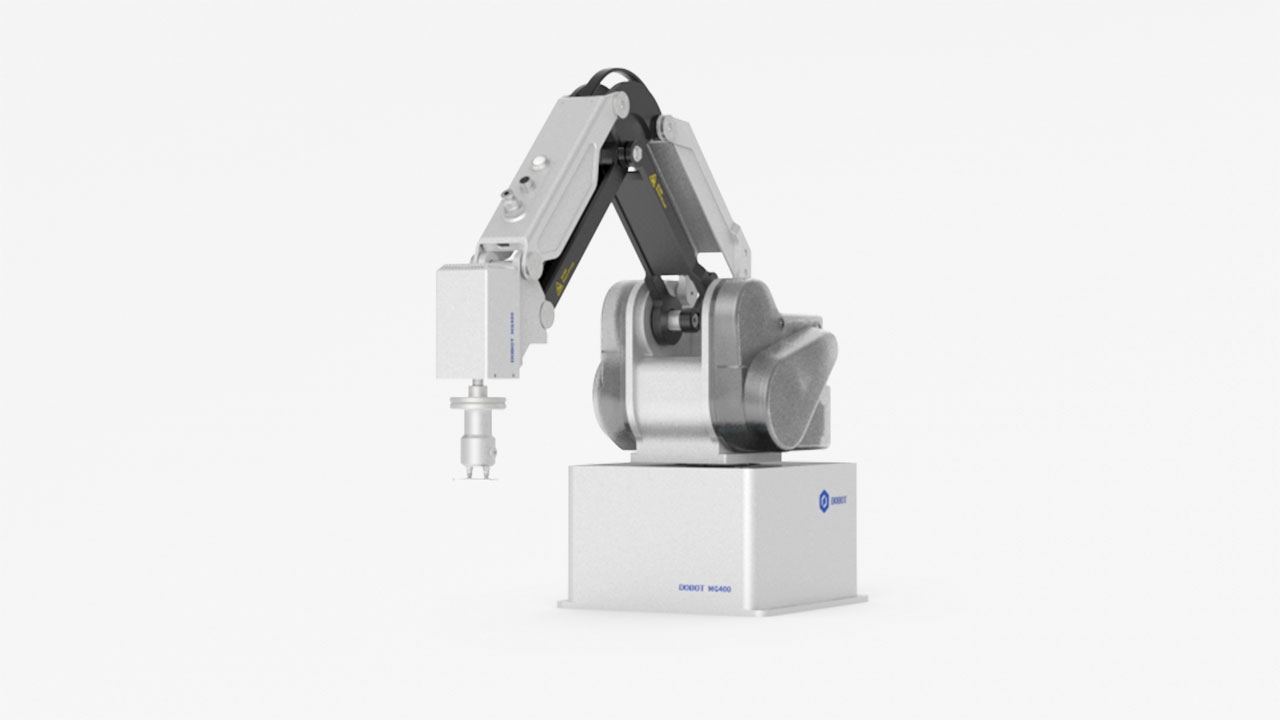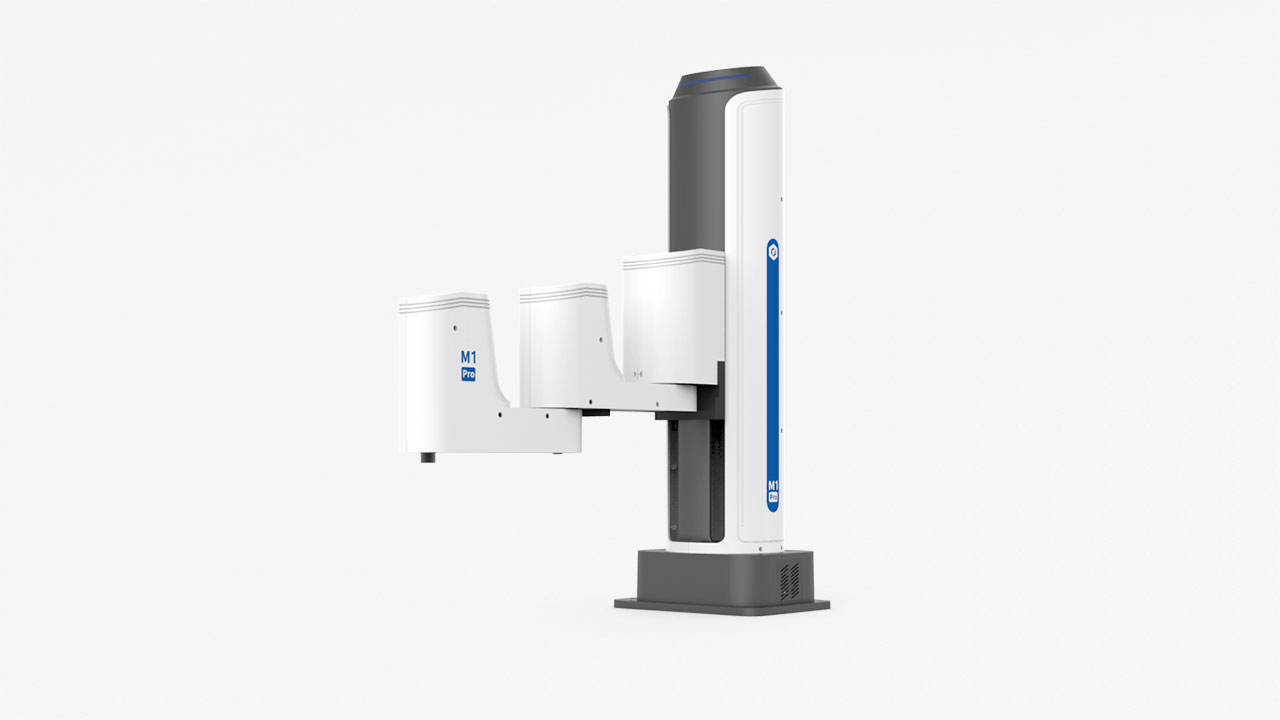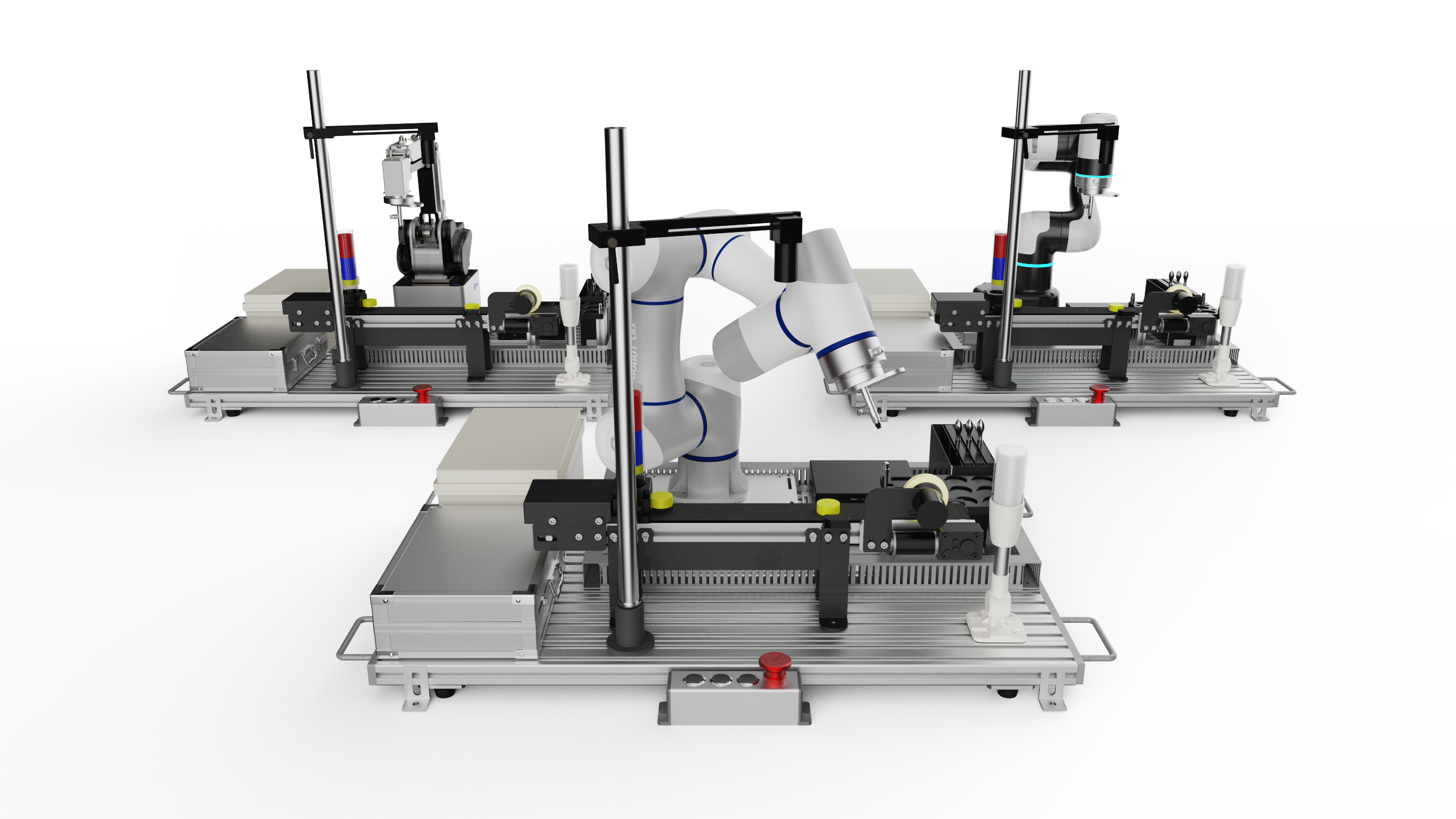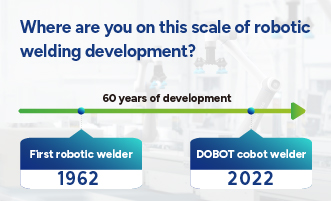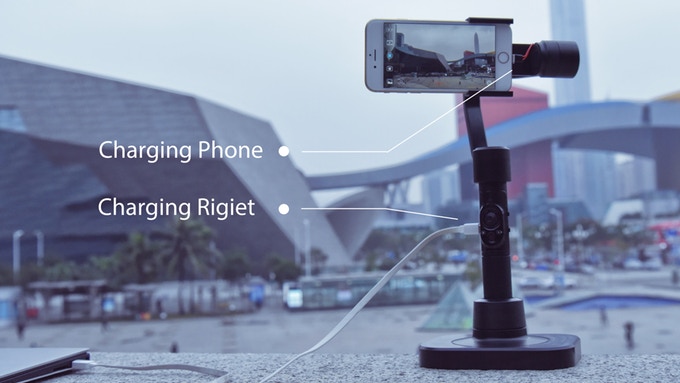What Is 3D Printing?
3D printing can refer to any number of manufacturing techniques where the user creates a three-dimensional object using the assistance of a computer-aided design program and a 3D printer. In most cases, it refers explicitly to creating an object out of plastic using a digital design. 3D printing knowledge has grown exponentially over the past decade, and the cost of the technology has decreased. Today, it's a fast-developing production tool used by large companies, professional engineers, professors and hobbyists alike.

What's The History Of 3D Printers?
The birth of 3D printing history took place in the 1980s. According to expert sources of 3D printing history, Hideo Kodama pioneered the first steps by developing new additive-manufacturing techniques with plastic. He experimented with covering liquid plastic with a mask pattern and then exposing it to ultraviolet light. The areas exposed by light would solidify, thus creating a three-dimensional, solid object. At this time, there was no direct translation from a computer-generated design into creating the actual desired 3D object.
According to the 3D printing Wiki, it still took a few decades more for the 3D-printing industry to become as efficient as it is today. The next major breakthrough came in 1984 when Charles Hull invented stereolithography. The process of stereolithography uses data taken from a digital design to control a three-dimensional printing process. The printer placed layers of liquid plastic that UV lasers cured and solidified into place. Many 3D printing companies consider his design as the first 3D printer. After further testing, he made the first stereolithographic-apparatus machine in the world by 1992. It was the first 3D printer to produce parts in several complex layers, and it proved the great potential of this technology.

Sources from the 3D printing Wiki also described how the technology would continually evolve over the next 10 years. Alternative techniques would also appear. Today, many 3D printers rely on extruding plastic onto a warming tray, which is known as the "FDM" method of fused-deposit modeling.
Even today though, some manufacturers do still rely on UV lasers to cure photopolymers. For example, current laser-sintering techniques work with both metals and various polymer plastics. Selective laser melting melts fine granules of powder with lasers to produce 3D objects in a series of dense layers.
Companies making metal parts such as titanium alloys can now print them three-dimensionally with electron-beam melting technology. This process works by melting layers of fine, metallic powder with lasers.

What Are The Benefits Of Using 3D Printers?
- 1. Designers can make prototypes rapidly. Engineers can quickly design and print a product for testing without bulk ordering or waiting on delivery from a manufacturing company. This advantage saves them a lot of time in new product developments.

- 2. They make high-quality products. It's not uncommon for bulk-manufacturing companies to deliver sub-par products. They might also include some defective products in their shipments. A 3D printer is more reliable to produce high-quality objects.
- 3. Engineers can make the necessary changes within one day. If users find flaws in their product designs after printing, then they don't need to wait to order a second batch of prototypes. They can modify the design and print out a new version on the same day.
- 4. It makes design developments more affordable. Test production runs can be very expensive because of the man hours involved. Businesses also have to pay for the costs of production materials as well. However, a 3D printer saves more money for companies by letting developers perfect a design faster while using fewer materials. As discussed on ResearchGate, producing 3D-printed objects is often cheaper than outsourcing production to third-world countries. The setup costs are more, but it saves money in the long run.
- 5. They produce less waste. Traditional manufacturing techniques tend to produce a lot of waste. By comparison, printing a single design using a 3D printer produces very little waste.
How Does 3D-Printing Production Work?
There are multiple techniques in use today. The major difference between these techniques is how the machine produces each layer of the design. One of the most commonly used techniques is fused-deposition modeling. Professionals also refer to it as " extrusion printing" because it gradually forces out very small beads of heated plastic that immediately cool and solidify. The process is similar to the way a volcano proceeds lava that hardens quickly into new rock formations.

Modern variations of stereolithography are common as well. Some of these work by using a UV laser to precisely cure the right points inside a container of liquid plastic. The laser cures the plastic exactly where needed, thus gradually turning the mass of liquid into a solid. The object forms layer by layer. At the end of the process, the remaining liquid plastic leaves the container, so that only the solid design remains.
Leading the way in these modern 3D-printing production techniques are the following five companies:
Top Five 3D-Printing Companies In 2018
1. Dobot:Dobot is one of the newest 3D-printing companies on the market. They've been advancing robotic-arm innovations in production since 2015. They manufacture several industrial-grade 3D printers that are surprisingly affordable for their quality level. DOBOT Mooz is a multifunctional 3d printer, which integrates 3d printing, laser engraving, and CNC carving.
2. MakerBot: This company made it possible for the masses to own their own affordable desktop 3D printers since 2009. They also help individual designers build their own customized printers. Their products are affordable, and they target the hobbyist community.
3. Ultimaker: The creators at Ultimaker provide high-quality, professional-grade technology that they've developed since 2010. Unlike some other 3D printing companies, their primary aim is to make 3D product design as easy-to-use and understand as possible for everybody. Their printers are available in a wide price range.
4. Formlabs: Manufacturers at Formlabs deliver 3D printers for hobbyists who don't mind paying extra for some of the best technology on the market. They are still more affordable than a high-end printer, but they offer nearly the same quality and precision. Choose from their models that work with stereolithography or selective laser sintering to produce plastic and nylon parts.
5. M3D: The people at M3D push the limits with their 3D printers that are some of the smallest and most-affordable on the market. This company is a good source for first-time buyers and those working on small projects.
Favorite 3D-Printer Software For Beginners
A number of capable design programs are on the market today in a wide price range, and some are completely free. Beginners should stick to programs with intuitively designed interfaces because the advanced types often require an extensive technical background.
Some top choices on the market include:
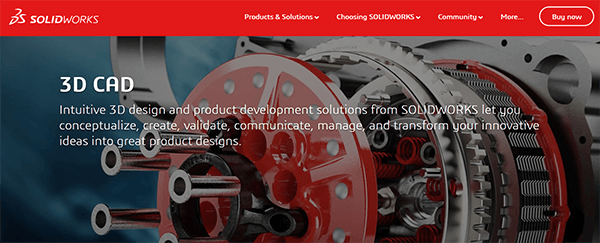
- TinkerCAD
- Blender
- SolidWorks
- SketchUp
- CraftWare
All of these programs have a large community of users with plenty of tutorials available online.
What Is The Future Of 3D-Printing Development?
This technology has completely revolutionized the manufacturing process, and it will continue to do so in time as 3D printing knowledge develops further. Already, 3D-printing advances in producing metal parts have started becoming faster and more efficient as well. This change opens up more opportunities in electric-car manufacturing, for example.
With advantages in being able to print completely connected combinations of parts right away as a finished product, 3D printers allow people to invent more advanced designs than they could ever create before that require almost no assembly. The traditional process of using molds to create machine parts didn't allow designers to make as complicated parts as they can now. 3D printers will open up new opportunities for innovations in the fields of medicine, mechanics, and engineering of every kind.
As it becomes increasingly affordable, the industry will see more casual consumers and hobbyists with 3D printers in their home. This expansion will likely lead to an increase in engineering innovations previously limited by expensive manufacturing processes.

- 1. Designers can make prototypes rapidly. Engineers can quickly design and print a product for testing without bulk ordering or waiting on delivery from a manufacturing company. This advantage saves them a lot of time in new product developments.
- 2. They make high-quality products. It's not uncommon for bulk-manufacturing companies to deliver sub-par products. They might also include some defective products in their shipments. A 3D printer is more reliable to produce high-quality objects.
- 3. Engineers can make the necessary changes within one day. If users find flaws in their product designs after printing, then they don't need to wait to order a cold batch of prototypes. They can modify the design and print out a new version on the same day.
- 4. It makes design developments more affordable. Test production runs can be very expensive because of the man hours involved. Businesses also have to pay for the costs of production materials as well. However, a 3D printer saves more money for companies by letting developers perfect a design faster while using fewer materials. As discussed on Research Gate, producing 3D-printed objects is often cheaper than outsourcing production to third-world countries. The setup costs are more, but it saves money in the long run.
- 5. They produce less waste. Traditional manufacturing techniques tend to produce a lot of waste. By comparison, printing a single design using a 3D printer produces very little waste.
